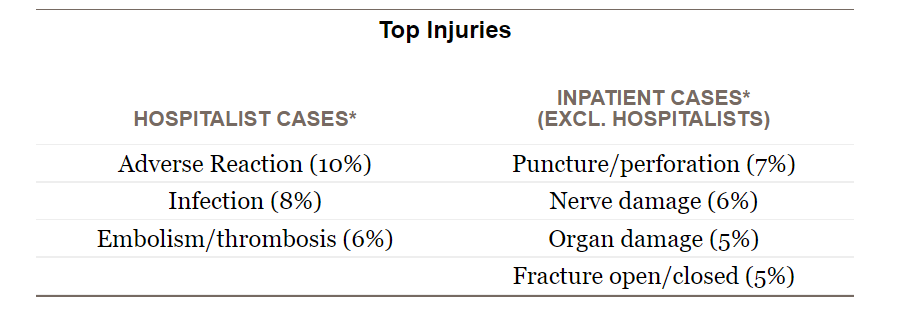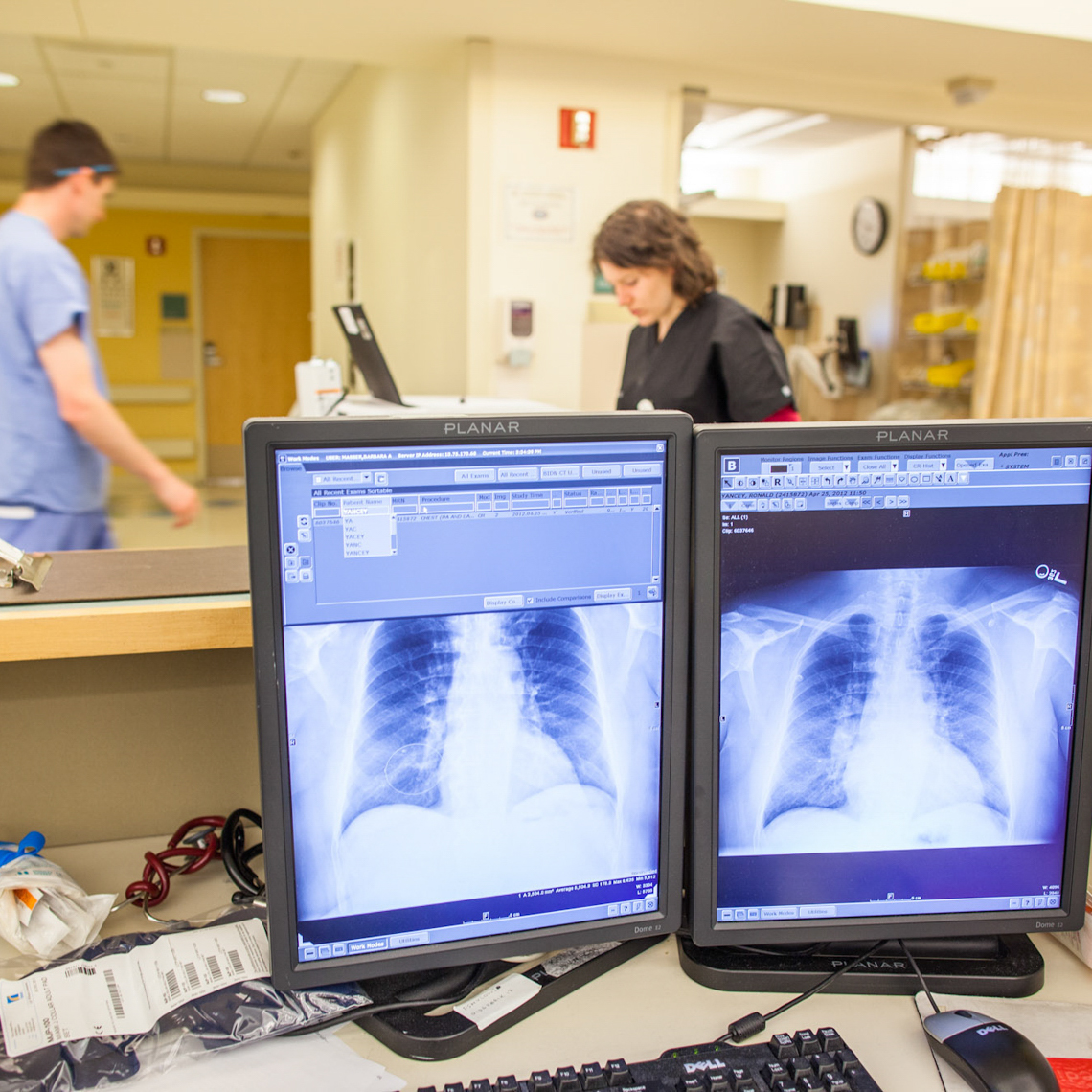Newsletter
Hospitalist Malpractice Case Characteristics
Nov 30, 2021
As recently noted by Schaffer et al (J Hosp Med, 2021), the number of physicians practicing as hospitalists—and the likelihood of them being named in a malpractice case—is on the rise. With roughly 50,000 hospitalists in practice, their liability exposure is an increasing concern, especially as other specialties are experiencing a steady decline in the rate of medical professional liability (MPL) claims.
Based on analysis of 29,000 inpatient MPL cases in the Candello database, four percent involved a hospitalist. The average indemnity payment for those cases ($366,000) is considerably lower than for other inpatient cases ($499,000), but that doesn’t mean these are less tragic events. In fact, hospitalist cases are twice as likely to involve a patient death than non-hospitalist inpatient cases. To some extent, this is tied to who hospitalists care for: a cohort of patients more likely to be older and more medically challenged than the general inpatient population.

Clinical severity is just one distinction of hospitalist cases. The biggest risks are related to diagnoses, ongoing treatment, and medication mishaps, as opposed to intraoperative events, which dominate inpatient MPL cases, but are less likely to involve a hospitalist.

Likewise, the top injuries cited in hospitalists cases reflect their medical, rather than surgical, basis.

In line with the tendency for hospitalist cases to allege diagnosis or treatment errors, the top two contributing factors: inadequate patient assessment and miscommunication among providers, are much more prominent than for non-hospitalist (although a significant patient safety concern for all caregivers).

As the very nature of hospitalists’ work involves collaboration with a prior or ongoing provider (e.g., surgeon, primary care provider, cardiologist) the need for coordination and communication—always essential to safe patient care—is even more accentuated. Ensuring that hospitalists are given the tools, systems, and training needed to optimize their communication and coordination will be critical as their numbers, responsibilities, and risk exposure continue to grow.
*1,113 of 29,113 fully–coded inpatient MPL cases closed 2010-2019 named a hospitalist as a defendant (Source: Candello)
Additional Materials
- Hospitalists Face Worsening Malpractice Climate
- Rates and Characteristics of Medical Malpractice Claims Against Hospitalists
Latest News from CRICO
Inform Safer Medical Oncology Practice with Lessons from Medical Malpractice Claims


Teleradiology Medical Malpractice Cases

Assessment of Claimant, Clinical, and Financial Characteristics of Teleradiology Medical Malpractice Cases

